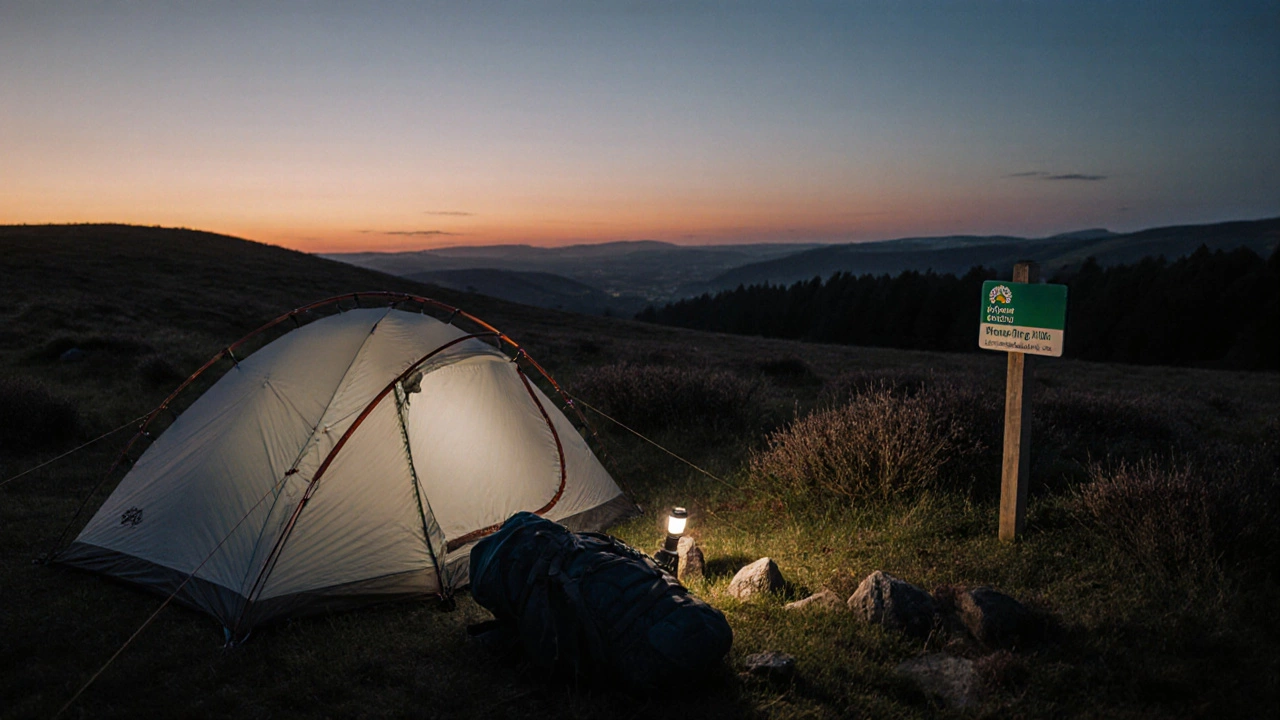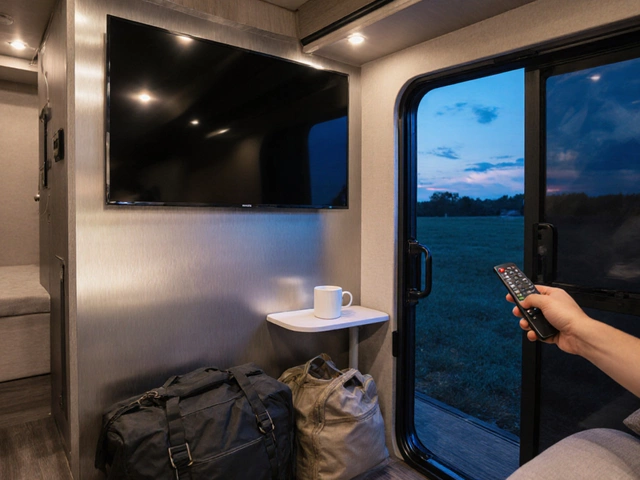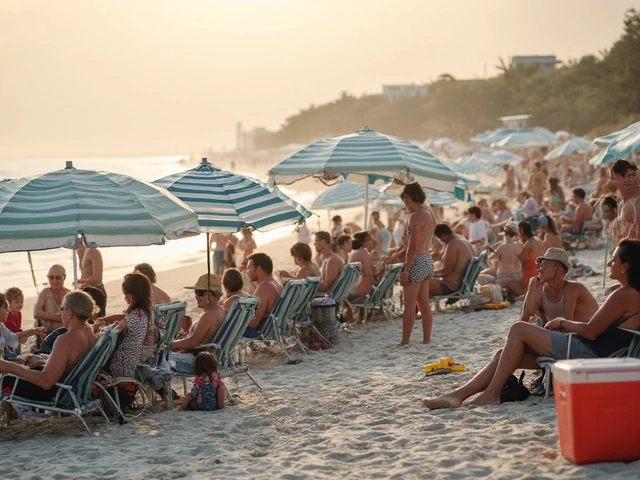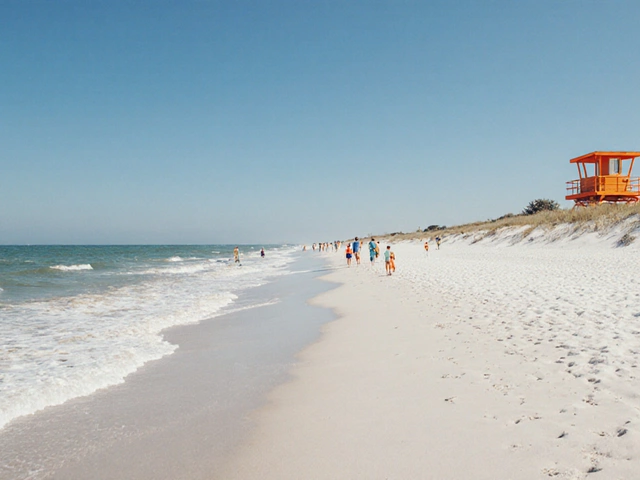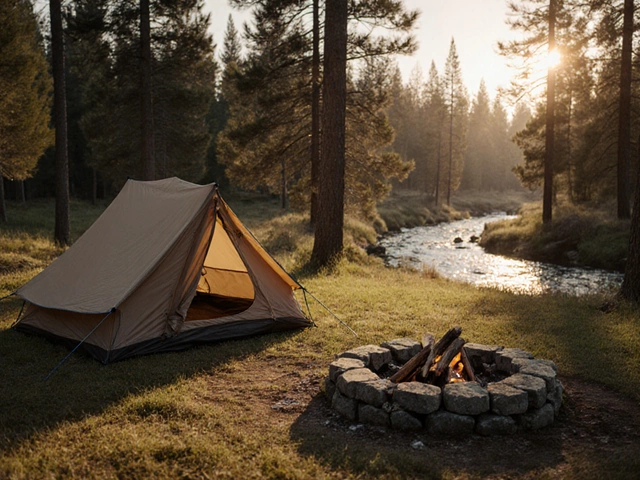Wild Camping Gear Checklist
Essential Safety Gear
Check off all essential gear for your next wild camping adventure. Critical items are marked with an asterisk (*).
Your Gear Assessment
When you hear the phrase Wild camping is the practice of setting up a tent outside designated campsites, usually on public or privately owned land, without a formal permit, you might picture a night under the stars on a remote hillside. The reality is a mix of freedom and responsibility, especially when it comes to personal safety. This guide breaks down the risks, the legal backdrop, and the simple steps that turn a risky night into a confident adventure, giving you the peace of mind you need for a safe experience.
Legal Landscape: Where Can You Camp Legally?
Understanding the law is the first safety net. In England and Wales, the right to camp on most private land without permission is limited. However, two large organisations make a big difference:
- National Trust owns over 600,000 hectares of protected land and allows wild camping on many of its properties - you just need to follow their guidelines.
- Forestry Commission manages public forests where wild camping is generally permitted unless signs state otherwise.
In Scotland, the Land Reform (Scotland) Act 2003 gives a statutory right to camp on most unenclosed land, provided you act responsibly. In all cases, respecting the Landowner the person or organisation that owns the land you’re on and leaving no trace keeps legal trouble out of the picture.
Common Safety Concerns
Even with permission, several hazards can turn a pleasant night into a dangerous one:
- Weather changes - UK weather is notoriously fickle; a sunny evening can become a gale in minutes.
- Wildlife encounters - foxes, hedgehogs, and in some regions, even deer, may be curious.
- Navigation errors - remote locations often lack clear markers.
- Isolation - limited cell coverage can delay emergency assistance.
- Terrain hazards - slippery rocks, steep slopes, and hidden watercourses.
Each issue has a straightforward mitigation strategy, which we’ll cover next.
Preparing for Safety: Planning and Gear
Preparation is the heart of wild camping safety. A solid plan reduces the unknowns and lets you focus on enjoying nature.
- Check the forecast on the Met Office website and be ready for at least a 10°C drop after sunset.
- Map your route with OS Explorer maps or a reliable GPS app; print a hard copy as a backup.
- Tell a friend or family member where you’ll be, including the estimated return time.
Below is a quick reference of essential safety gear. The table uses Schema.org microdata for easy extraction by search engines.
| Item | Purpose | Recommended |
|---|---|---|
| Four‑season tent | Protection from rain and wind | Seam‑sealed, with sturdy guylines |
| Sleeping bag (rating -5°C) | Maintain body heat | Down or high‑quality synthetic |
| Headlamp + spare batteries | Visibility after dark | Water‑proof, 200lumens |
| First‑aid kit | Treat cuts, blisters, minor injuries | Includes antiseptic wipes and blister pads |
| Portable power bank (10,000mAh) | Charge phone for emergency calls | Solar‑compatible |
| Whistle | Signal for help | At least 110dB |
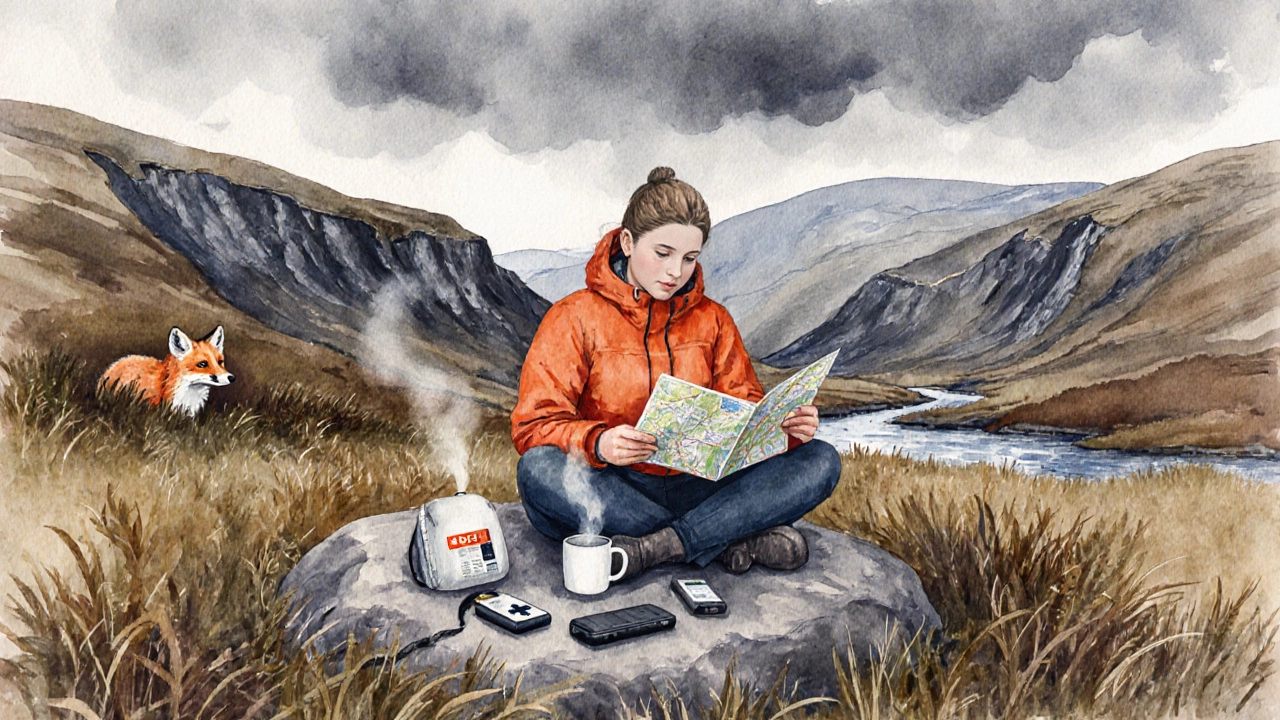
Choosing Safe Spots: What to Look For
Not every patch of grass is suitable. Follow these quick checks before you pitch:
- Proximity to a water source - but avoid setting up directly on flood‑prone riverbanks.
- Flat, well‑drained ground - reduces the risk of night‑time water pooling.
- Clear line of sight to a road or trail - helps rescuers locate you.
- Natural windbreaks like a low hedge - offers shelter without blocking airflow.
- Distance from wildlife feeding areas - less chance of nocturnal visitors.
When you spot a potential site, walk around it for 5minutes to check for hidden hazards like loose stones or low hanging branches.
Dealing with Wildlife: Coexistence, Not Conflict
Most British wildlife is shy and will keep its distance if you give it space. Here’s how to stay on good terms:
- Store food in airtight containers and keep them out of sight.
- Cook meals at least 50meters from your tent.
- Never feed animals - it can make them aggressive.
- If a fox or hedgehog approaches, stay calm and back away slowly.
In rare cases of larger mammals (e.g., deer), give them a wide berth. Their antlers can cause injury if they feel threatened.
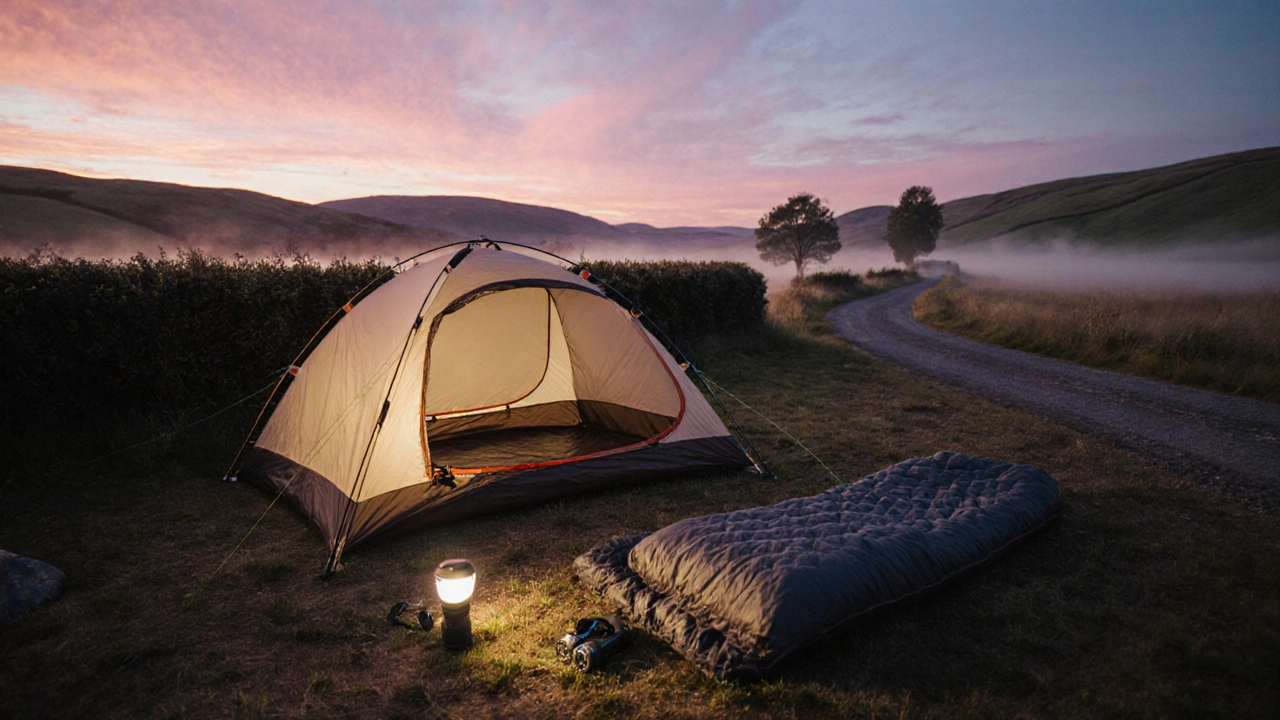
Weather and Emergencies: When Things Go Wrong
Your biggest ally in a storm is preparation. If conditions deteriorate:
- Secure your tent with extra guylines and a ground anchor.
- Move to a natural shelter if wind speeds exceed 30km/h.
- Use your Emergency services the UK’s 999 system and local mountain rescue teams only for serious injuries or if you’re lost.
- Signal your location with a bright headlamp, reflector, or a flare (if allowed).
After the weather clears, inspect your gear for damage before the next outing.
Quick Safety Checklist
- Confirm legal right to camp on the chosen land.
- Check weather forecast - add a 12‑hour buffer.
- Tell someone your exact location and expected return.
- Pack the essential safety gear listed above.
- Choose a flat, dry spot with clear escape routes.
- Secure food and waste - follow Leave No Trace principles.
- Test your communication device - ensure you have a charge.
Frequently Asked Questions
Is wild camping illegal in England?
It’s not outright illegal, but you need permission from the landowner unless you’re on land managed by the National Trust or Forestry Commission that allows it. Trespassing can lead to fines.
How can I find legal wild‑camping spots in Scotland?
Resources like the Scottish Natural Heritage website, Wild Camping Scotland app, and local outdoor clubs list popular sites. Look for “rights of responsible access” signs and always follow the Scottish Outdoor Access Code.
What’s the best way to stay warm at night?
Layer a good down sleeping bag (rated for at least -5°C), wear a thermal base layer, and use a insulated sleeping pad. A wind‑proof tent and a hot water bottle add extra comfort.
Can I use a portable stove in a forest?
Only in areas where open fires are permitted. Many forests ban open flames during dry periods. A gas canister stove is usually allowed, but check local restrictions first.
What should I do if I get lost?
Stay put, use your whistle or headlamp to signal, and call 999 if you have reception. If you have a satellite messenger, send your coordinates to emergency services.
